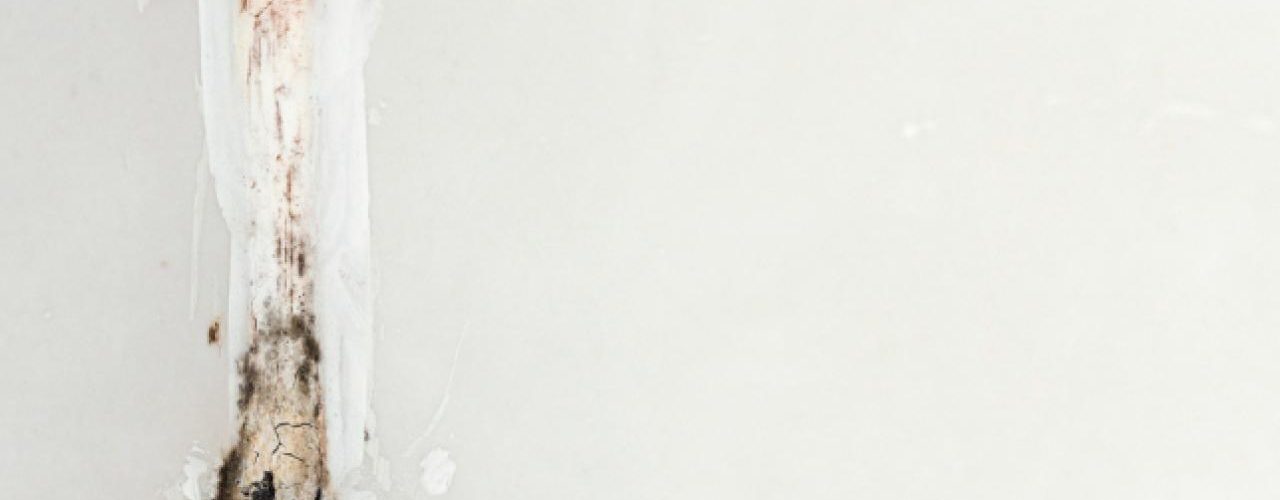Numerous types of molds exist in indoor and outdoor environments. Mold frequently grows wherever there is moisture in homes and other buildings. Some of these molds, such as black mold (Stachybotrys chartarum and Stachybotrys atra); can create harmful toxins that make humans and pets sick. Other forms of mold are not directly health hazards to everyone but they can still cause a great deal of property damage and make some people sick. Therefore, the immediate removal of all forms of mold is essential despite whether it is toxic or not.
Mold growth
Mold growth inside a home occurs when spores enter the house via open doorways, windows and foundations. The spores can also enter the home through heating, ventilation and air conditioning systems that have outdoor air intakes. Another way mold can enter the house is by attaching themselves to animals and people. The spores can travel via clothing, shoes, bags and fur and will then attach themselves to any dust or dirty surface once they have entered the building. The spores settle wherever they find excessive moisture, such as from high humidity and condensation, leaky roofs, pipes, walls, potted plants or flooding. They prefer wet cellulose types of materials with low nitrogen content, such as:
- Cardboard
- Paper and paper products
- Ceiling tiles
- Wood and wood products
- Dust
- Paint
- Wallpaper
- Insulation materials
- Drywall
- Carpet and area rugs
- Fabric
- Upholstery
- Fiberboard
- Gypsum board
- Lint
Removal
It is impossible to rid a home of mold spores entirely. However, it is possible to remove mold infestations. If the infestation is not too large, then the homeowner can do most of the work without hiring a professional mold remediation service. Nevertheless, if the mold is more than just a 3’x3’ square area, the homeowner should consider hiring a professional mold remover. Typically, any large mold infestations will entail removing sheet rock or other damaged materials and involves lots of hard manual labor.
The steps for self-removal include:
- Find all sources of moisture and fix the problems so no moisture is getting in.
- Don protective clothing and other safety gear, such as a respirator, non-porous gloves and goggles.
- Properly dispose of any porous, cellulous materials that have been infested with mold – this includes ceiling tiles, carpets and drywall. If a porous item you want to keep is moldy, then get a professional to remove the mold and do a follow up inspection. It is very difficult to get mold out of absorbent or porous materials, especially since any water used for cleaning the mold will end up feeding the spores that are left behind during the process.
- Thoroughly clean any affected hard surfaces with dish or laundry detergent and soap, or use commercial products specifically made for mold removal. Note that most professionals and government agencies such as the EPA and the CDC recommend not using bleach. Although many people believe bleach is the best solution, it is only good for mold on hard, non-porous surfaces. If choosing bleach, then the solution should not be any more than one-cup bleach mixed in one gallon of water. Be sure the bleach is not mixed with any ammonia or products that contain ammonia. And only use bleach in a well-ventilated area.
- Thoroughly dry the surface after removing the mold.
Keeping the mold out
To keep the mold from recurring, the homeowner will need to do some routine building maintenance, including inspecting the roof, flashings and gutters. He or she will have to inspect the home and other buildings on the property for water damage, leaky pipes and visible mold on a regular basis. Checking and adjusting the humidity level throughout the day in order to keep the humidity levels to 50 percent or below is another important step. Use of an air conditioner or dehumidifier is also essential during humid months.
Additionally, adequate ventilation, especially in the kitchen and bathrooms is vital for preventing mold growth. Another way to prevent mold infestations is to use mold-inhibitor products in the paint. Moreover, cleaning the bathrooms with mold-killing products on a weekly basis will reduce the likelihood of mold growing in the home.
Professional removal
If a person suspects the black mold infestation to be larger than ten square feet, he or she should definitely consult a professional mold remediation expert. Black mold can cause serious health hazards, especially to young children and elderly people. If the person removing the mold is untrained, he or she could cause the mold to become air borne, making it much more dangerous to anyone with respiratory ailments. A certified remover can help identify the type of mold, assess the damage caused by the mold and provide estimates as to the cost for its removal. A professional mold remover will also ensure the mold is properly disposed of and provide instructions on how to prevent further mold infestations. Either way, the homeowner needs to take immediate action to remove the black mold from the home.
Helpful Youtube Video



